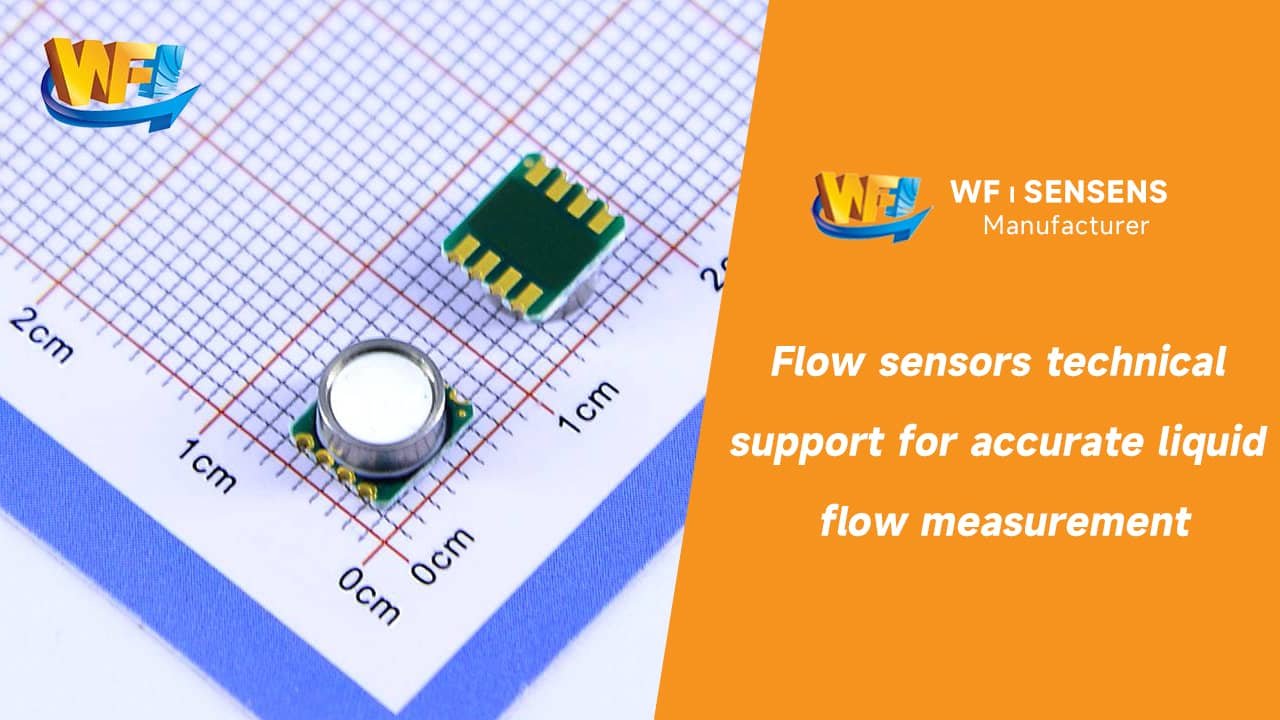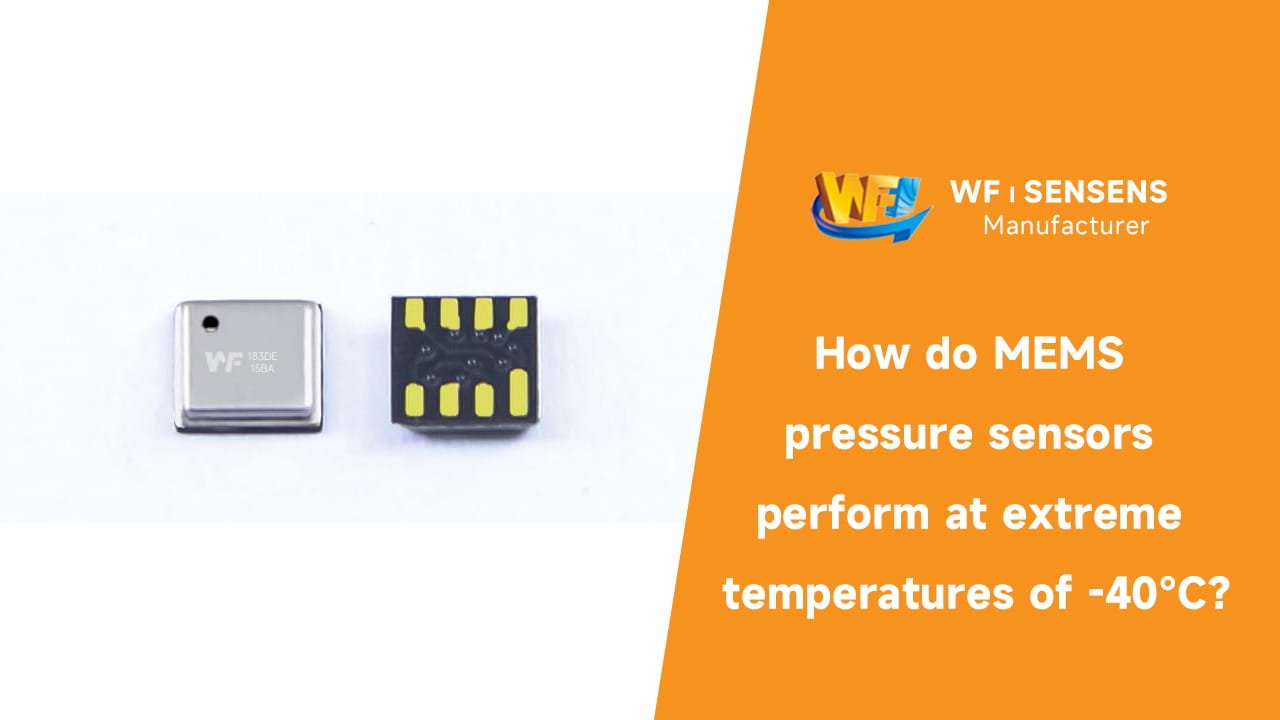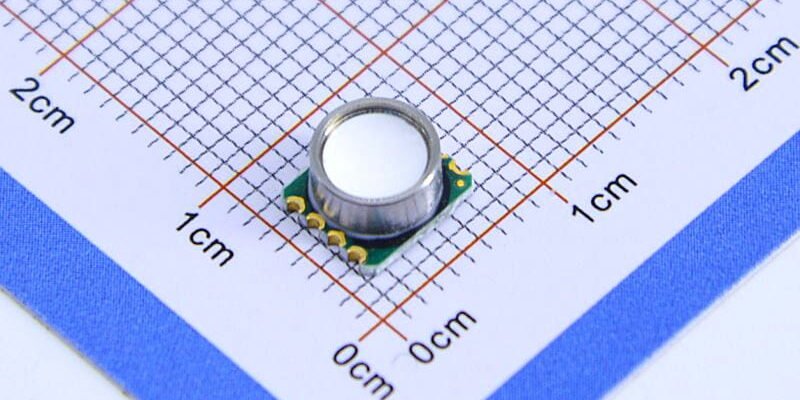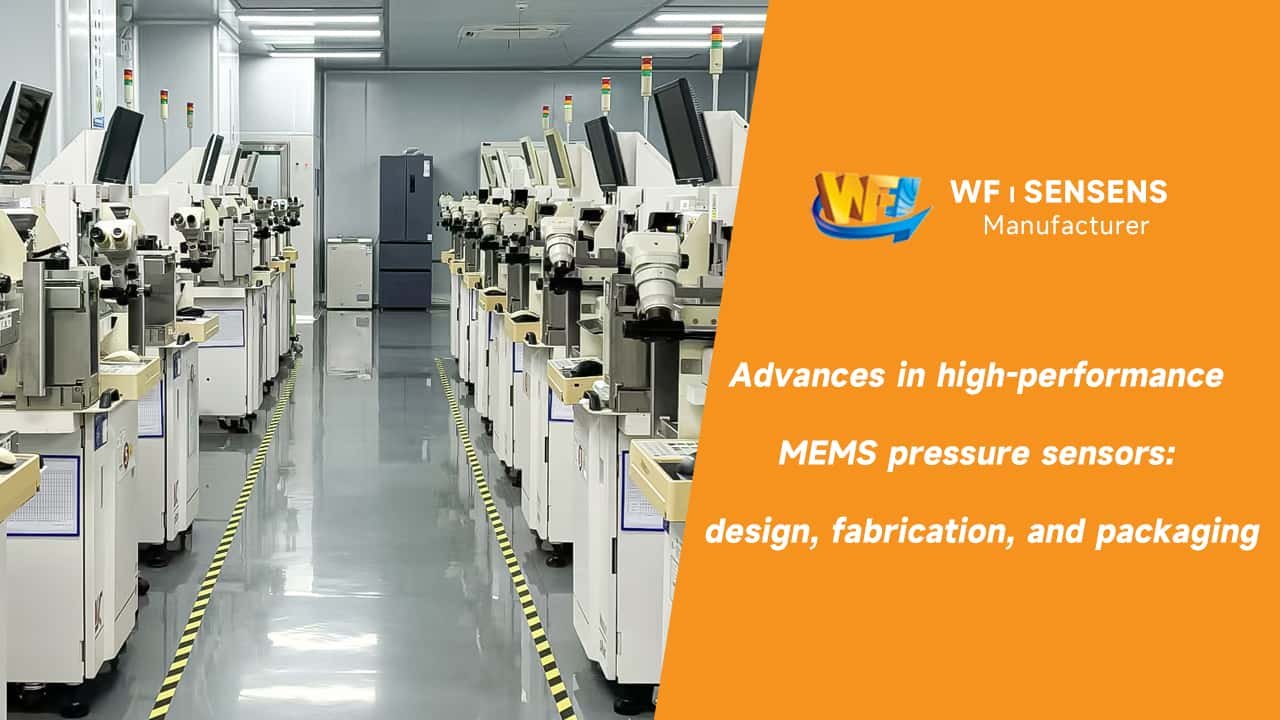Los sensores mínimamente invasivos empoderan la recopilación de datos precisa en cirugías médicas
Minimally invasive sensors are transforming surgery by providing real-time, accurate data to improve surgical precision, monitor recovery, and enhance treatment outcomes. These sensors enable precise measurement of critical parameters like blood pressure and oxygen levels, ensuring safer surgeries with faster recovery times. With advancements in technology, minimally invasive sensors will continue to play a crucial role in improving patient care and healthcare efficiency.










